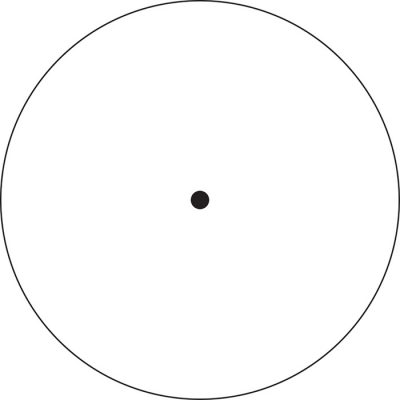Konstfack University College of Arts, Crafts and Design (Stockholm, Sweden)

Designer: Nandi Hanuman Kailash Nobell
Dimensions: N/A (Performance)
Tutor: Ronald Jones
Degree: MA, Experience Design Group
Project Description
What is seen with the naked eye is an individual construction of reality, built from a manageable amount of data. The visual world is not a finished structure to be experienced – it is a projected estimation for personal orientation. References are walls you hide behind.
This is an invitation to see through your own visual hypothesis and experience a glimpse of what else you could have created for your mind to live in.It is not possible to put this in words – perhaps you should experience it for yourself
Konstfack Experience Design Group
Experience Design is a response to the urgent question: How might design continue to be relevant within what many are calling the I-Cubed (Information, Innovation, Intangible) Econ-omy? A ride on a rollercoaster at Disneyland is an intangible that takes place over time; it is entertaining and valuable: An interdisciplinary team no doubt designed it before we knew to call them “experience designers.” So too with healthcare, another intangible that takes place over time, gives care and is valuable — although by now healthcare professionals know to call on experience designers to apply methodologies such as design thinking, future forecasting, and experience prototyping to improve patient recovery time. Increasingly design has gained a greater sphere of influence, which is to say that it has become progressively more interdisciplinary or even post disciplinary.
At the Experience Design Group we implement the belief that designers should be educated as critical thinkers and strategists capable of addressing cross-disciplinary problems; we design social, political, economic and educational “systems,” which in turn provide designers with greater reach, responsibility, influence and relevance. Experi -ence Design, in other words, does not end at the limits of design; it goes beyond those borders to include human capital, leadership, research and development, goodwill, innovation, social media, collaboration, organizational ability, systems design, interdisciplinarity, effectiveness, soft power, productivity and new knowledge, which have become the real determinants of performance and value in the I-Cubed Economy. And Experience Designers are its change agents.










